The Crucible - Arthur Miller - Act 2 Summary - Destroying Drama Series
Destroying Drama Series - Arthur Miller - The Crucible | English
 6:54
6:54
Guide for Students
Don’t just read a play. See it come to life! Our Destroying Drama series makes dramatic analysis look like child’s play!
We’ll introduce you to significant plays and each playwright’s personal and contextual influences. For each play, we’ll provide videos on:
• Plot summary
• Context
• Act summaries
• Five key themes
• Building body paragraphs
Along the way, we’ll incorporate lots of visuals and annotations to help you follow the drama.
Before you get started, we recommend that you watch the English Essentials series. Check out the Destroying Drama videos to learn about a range of dramatic forms and features.
Here’s how to get the most out of our videos:
1. Before you start studying a play at school.
Get a head start on your schoolwork! Watch our lessons in the holidays or a few weeks before studying a new play in class. Watch our plot summaries to get a sneak peek or learn about the context of a play.
Take notes as you watch each video. Create a timeline of events in the play. Maybe you can map out the structure of the play. How does it compare to common structures, like Freytag’s Pyramid?
You can also watch our lessons on the five key themes in the play. Start unpacking the big ideas and developing your analytical skills.
2. While your class is studying a play.
You can watch our plot and act summaries a few days before studying a specific act in class. That way, it’ll be easier to remember the characters and follow the events.
Check out our five videos on the key themes in each play! Watch these when your teacher starts handing out homework and assessment notifications. We’ll analyse lots of textual evidence, so you’ll encounter a range of dramatic and literary forms and features.
If you need to revise a specific technique, you can always check out the Destroying Drama videos in our English Essentials series.
What if you’re stuck on an act or theme after covering it in class? You can always watch our lessons to fill in any gaps in your understanding. We recommend taking notes as you watch the video. Maybe you want to record specific quotes or add extra thoughts to the analysis. Create an analysis table of the quotes, techniques and links to themes!
3. When preparing for an assessment.
Feel free to watch our videos to revise for upcoming assessments.
If you’re preparing to write an analytical response or essay, brush up on the key themes in the play. You’ll need them to tackle your school assessments.
But how do you turn your analysis into perfect paragraphs? Check out our two videos on building body paragraphs. We’ll transform our detailed analysis into structured paragraphs that would fit right into a sophisticated essay!
Guide for Educators
As educators, we try to mix things up when we teach a new play at school. We ask our students to read the play out loud, we show them film adaptations and, if we’re lucky, we go to see a live performance.
Even then, it can be hard to bring a play to life. That’s why our videos offer modern takes on classic dramas. We take a step-by-step approach, which is reflected in the structure of our online lessons. We ease students into the plot and context of the play. Then, we delve into the key themes and in-depth textual analysis. To wrap things up, we show students how to build body paragraphs to produce excellent essays.
Here’s how to get the most out of our videos:
1. Integrate our videos into your school’s English curriculum.
Our online lessons cover a range of significant plays. These include dramas prescribed for the NESA English Standard, English Advanced and English Extension Stage 6 syllabuses. You’ll also find dramas suggested for the NESA English K-10 syllabus. Our lessons are also valuable for the International Baccalaureate Diploma Programme and other secondary English syllabuses.
We recommend that you integrate our videos into your weekly, monthly and yearly teaching plans. Our videos explain the key themes and contextual influences of each play. We cultivate valuable skills for detailed dramatic analysis. Your students will have no trouble understanding dramatic forms and features! Sign up your school with Schooling Online and set lessons for students to watch in class or at home.
2. Introducing students to a play.
We know that students often struggle to unravel the many plotlines and character arcs that appear in dramas. So how can we help? Our Destroying Drama series gives you detailed teaching material and full flexibility.
For each play, we offer an overall plot summary and additional videos summarising each act. We also dedicate one lesson to exploring the playwright’s context. Students can watch these videos before class or you can play these videos in class to introduce the storyline. You can also assign videos for students to watch at home. That way, class time can be reserved for discussion. Students will love revising with our lessons.
These videos can be used to spark discussion and fuel class activities. Students can create a timeline of the play’s events or develop character profiles.
3. Helping students to critically analyse a play.
Our videos equip students with essential dramatic analysis skills. For each play, we spend five lessons analysing five key themes and relevant textual evidence. We’ll show students how to identify dramatic and literary forms and features in a broad range of examples.
Over two additional lessons, we weave our analysis together and transform it into body paragraphs. We want to equip students with vital tools for writing eloquent essays and extended responses.
Turn your classroom into an interactive learning environment by watching each video in segments. For the videos that we just mentioned, we recommend pausing the video after a new idea has been analysed. This is the perfect time to open a discussion with your class.
You can check your students’ understanding and actively engage students using these discussion questions:
• How did the playwright portray a certain character?
• How did the playwright represent a specific theme? What message is s/he trying to convey?
• How did the playwright develop a relationship between certain characters?
• Did you find the play engaging? Why or why not?
Feel free to use our videos as a resource for the following class activities. Students may:
• Write an additional scene to be included in the play
• Create a summary of key quotes relating to a major theme
• Write a paragraph or extended response analysing a major theme
4. Use our videos for internal and external assessment preparation.
Our videos help students revise with ease and confidence!
We recommend playing the videos in class again to refresh students’ understanding of the play. Alternatively, students can watch the lessons at home in preparation for an assessment. We’re just a click away!
We want students to go beyond rote learning the material. They will understand each example as they commit it to memory. This will help students to interpret the play in their own way and craft sophisticated thesis statements for their assessments.
Our videos can provide a basis for the following revision activities. Students may:
• Discuss how to approach an assessment task, such as how to structure an essay response
• Create study notes with textual analysis on each character and theme
• Research and incorporate the playwright’s personal and contextual influences into their study notes
The Crucible - Arthur Miller - Act 2 Summary - Destroying Drama Series
Fear and hysteria start to take over the town of Salem. The false accusations of witchcraft are getting worse! Judge Hathorne and Deputy Governor Danforth preside over the witch trials. The accused have two choices: accuse others or be hanged! John Proctor is shocked by the widespread hysteria, but a dark secret might stop him from speaking out.
Watch our summary of The Crucible: Act 2 to find out what happens.




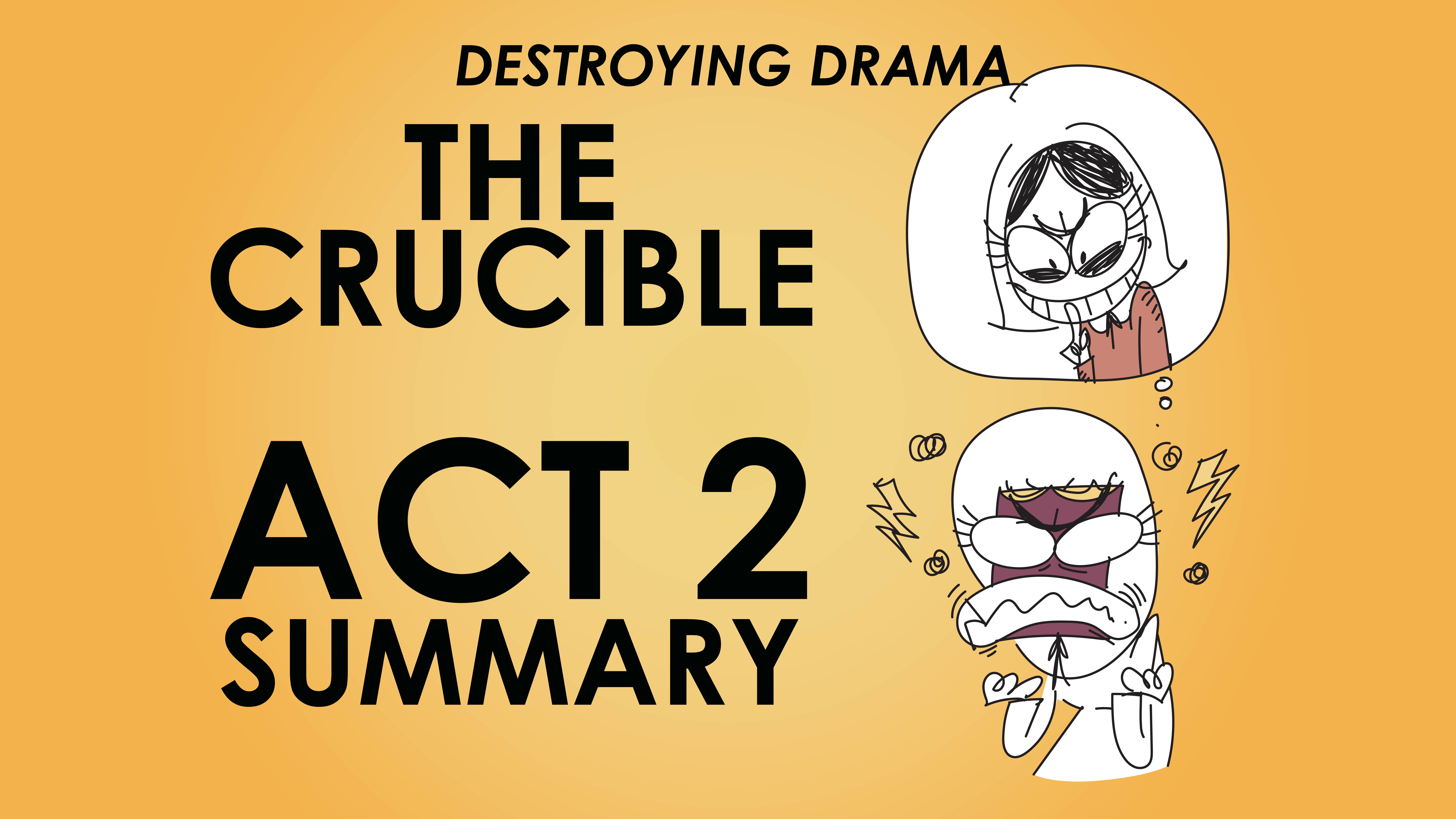
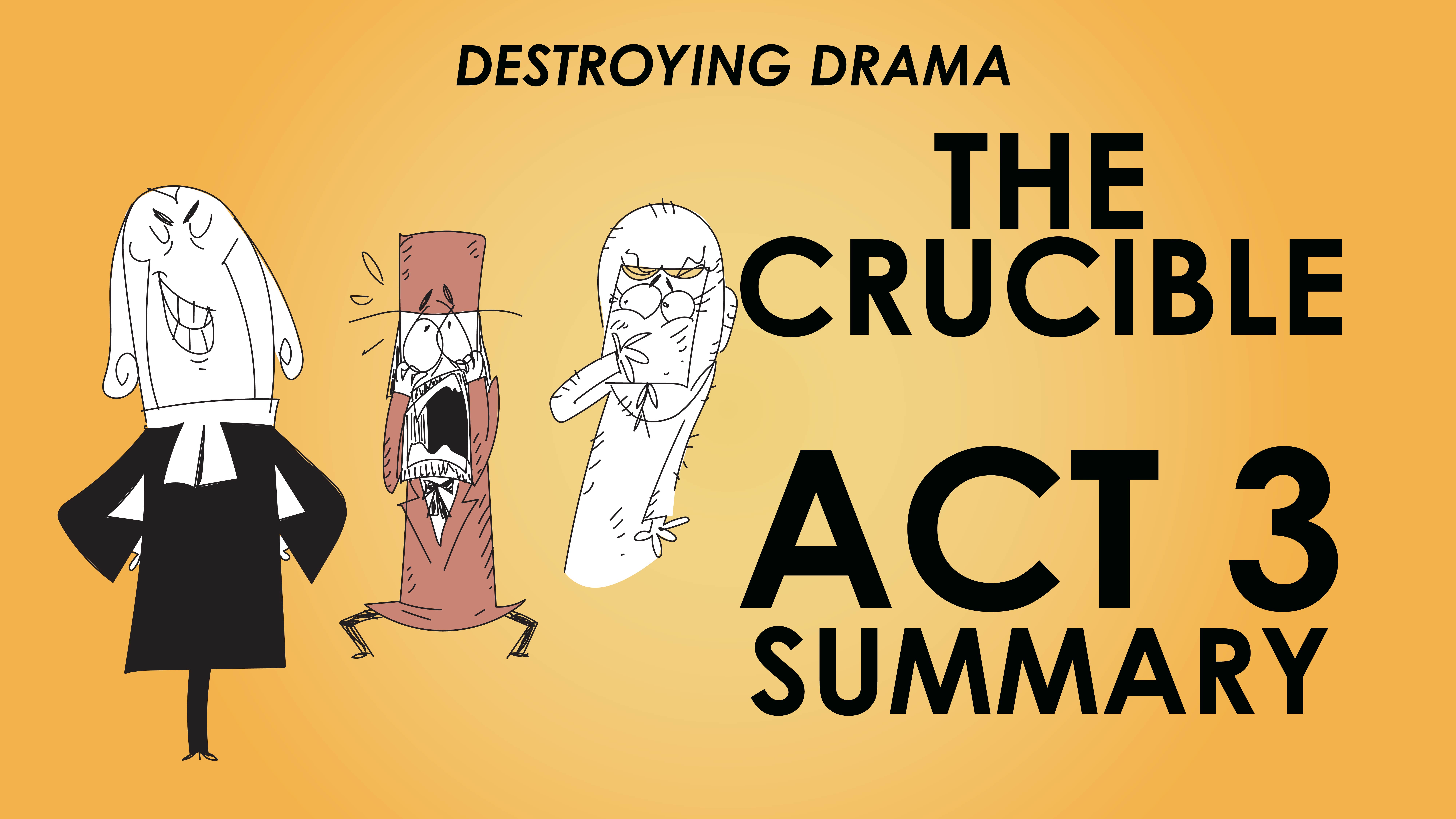
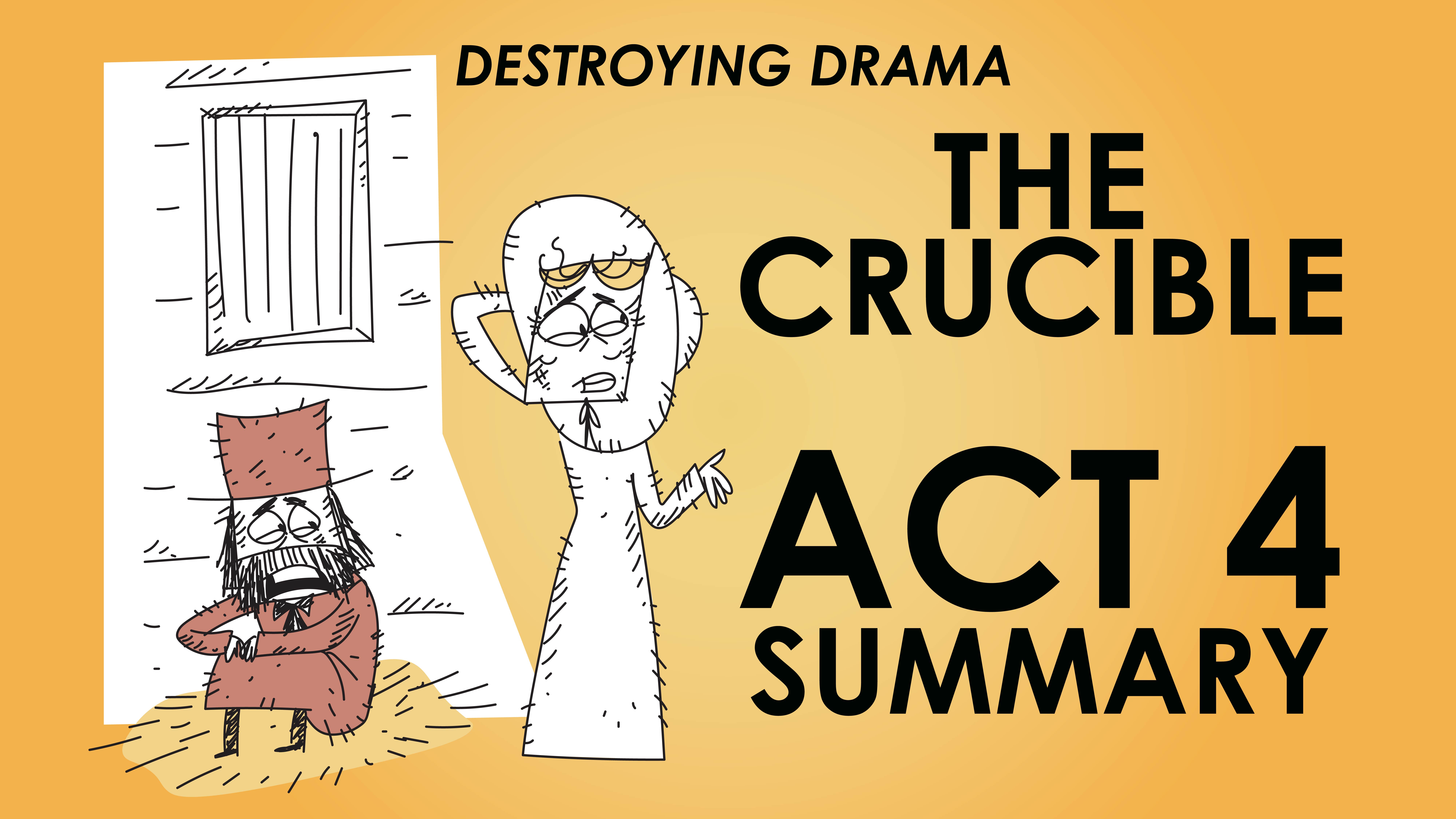
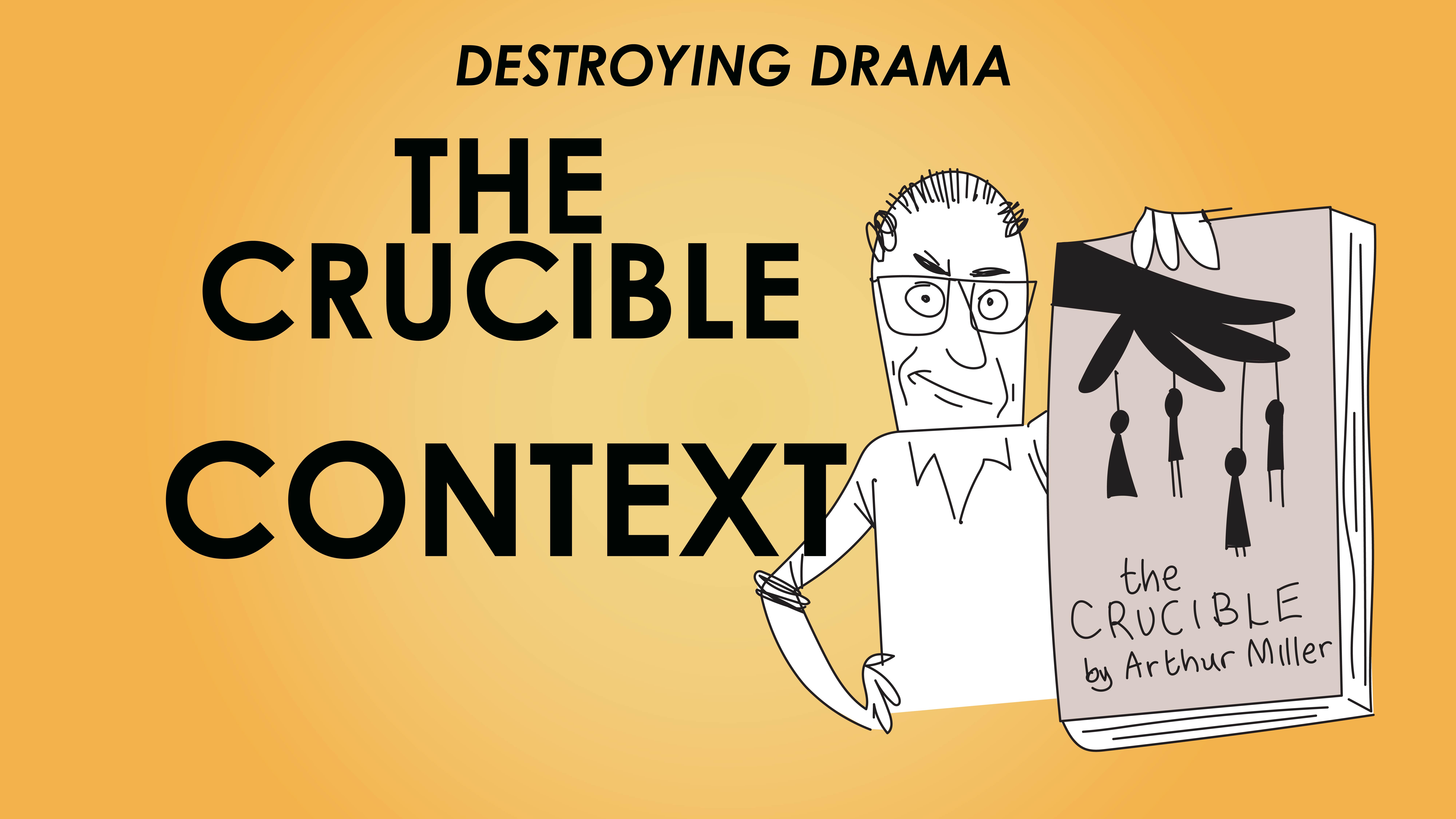

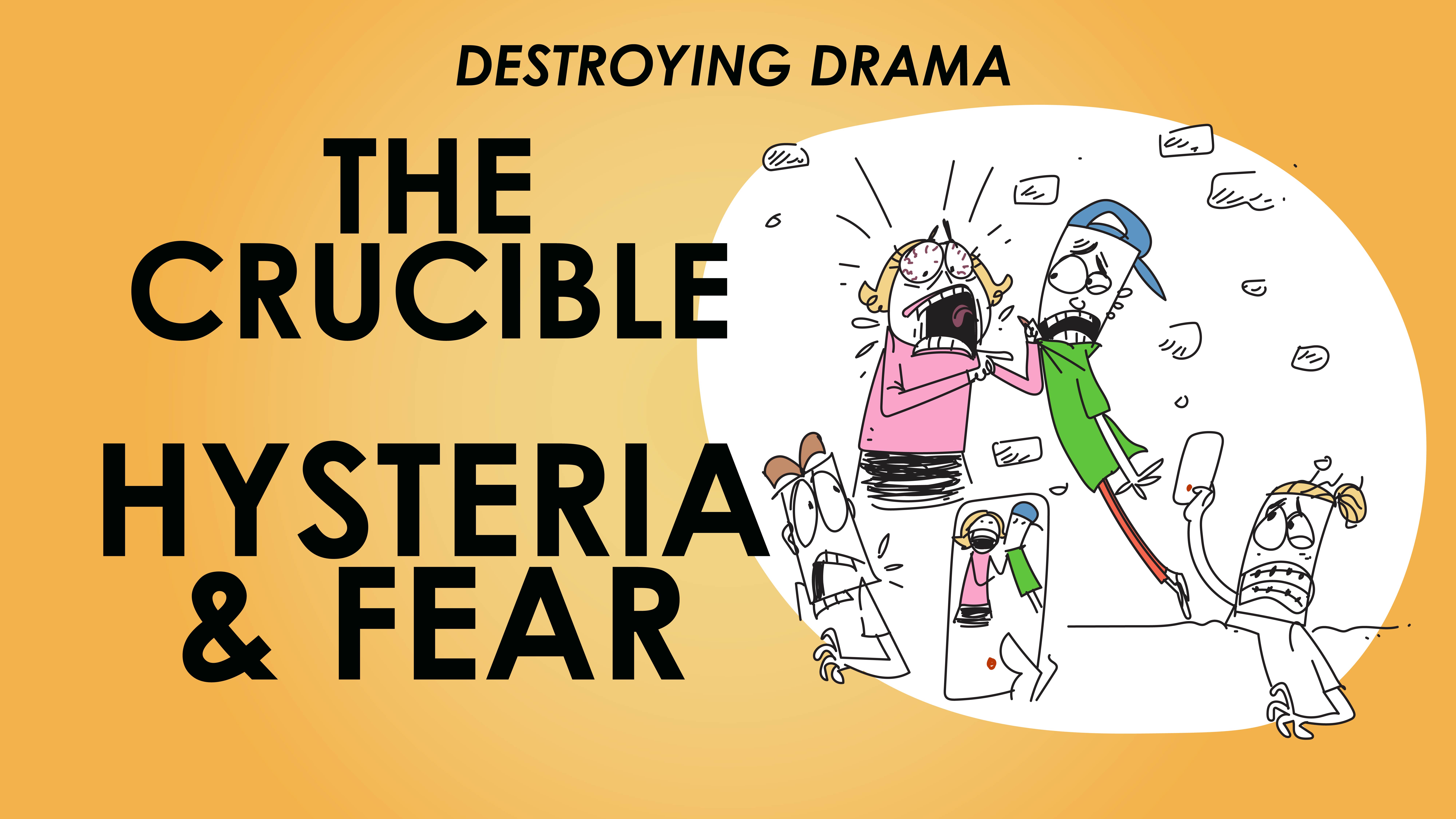
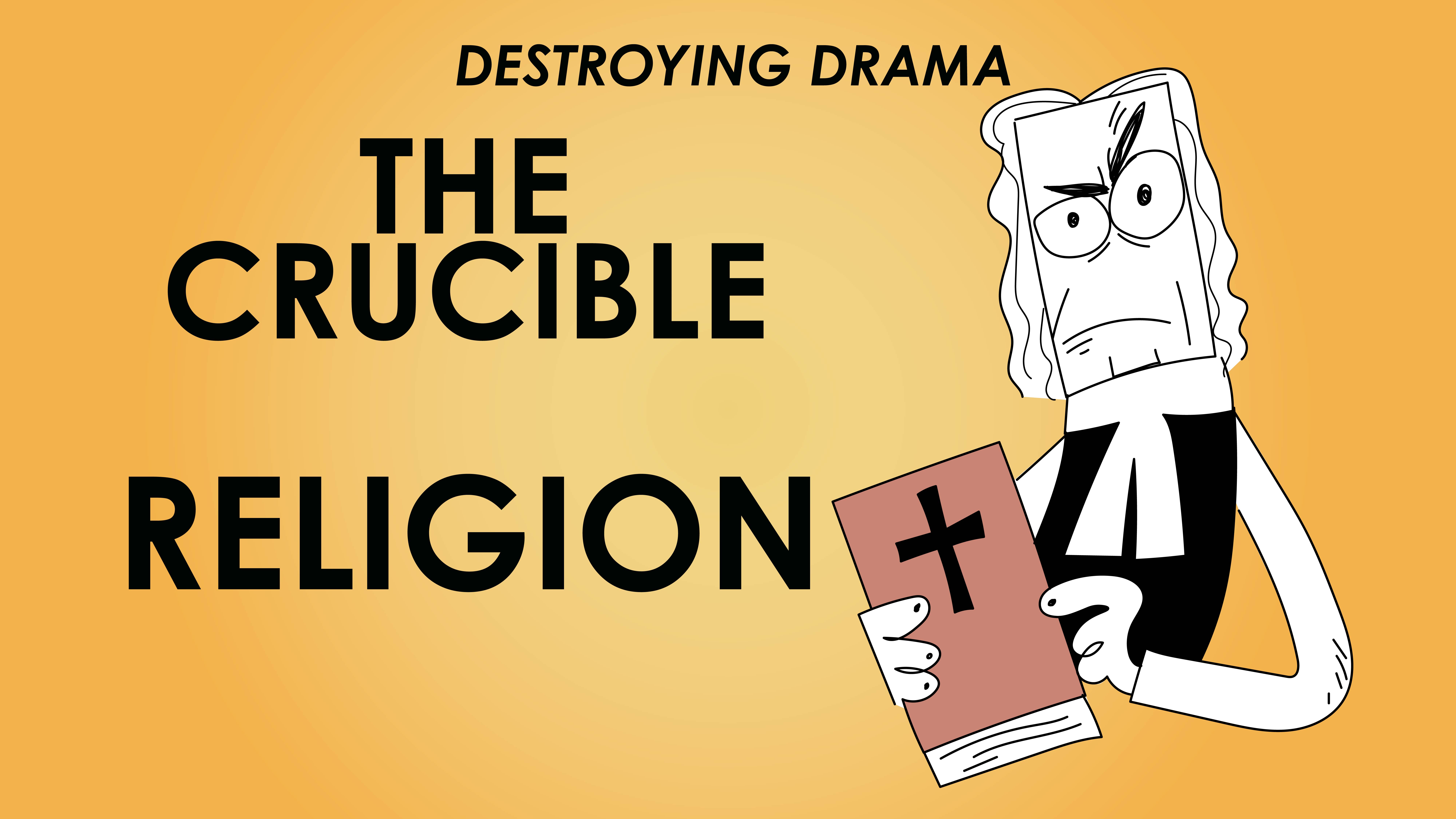
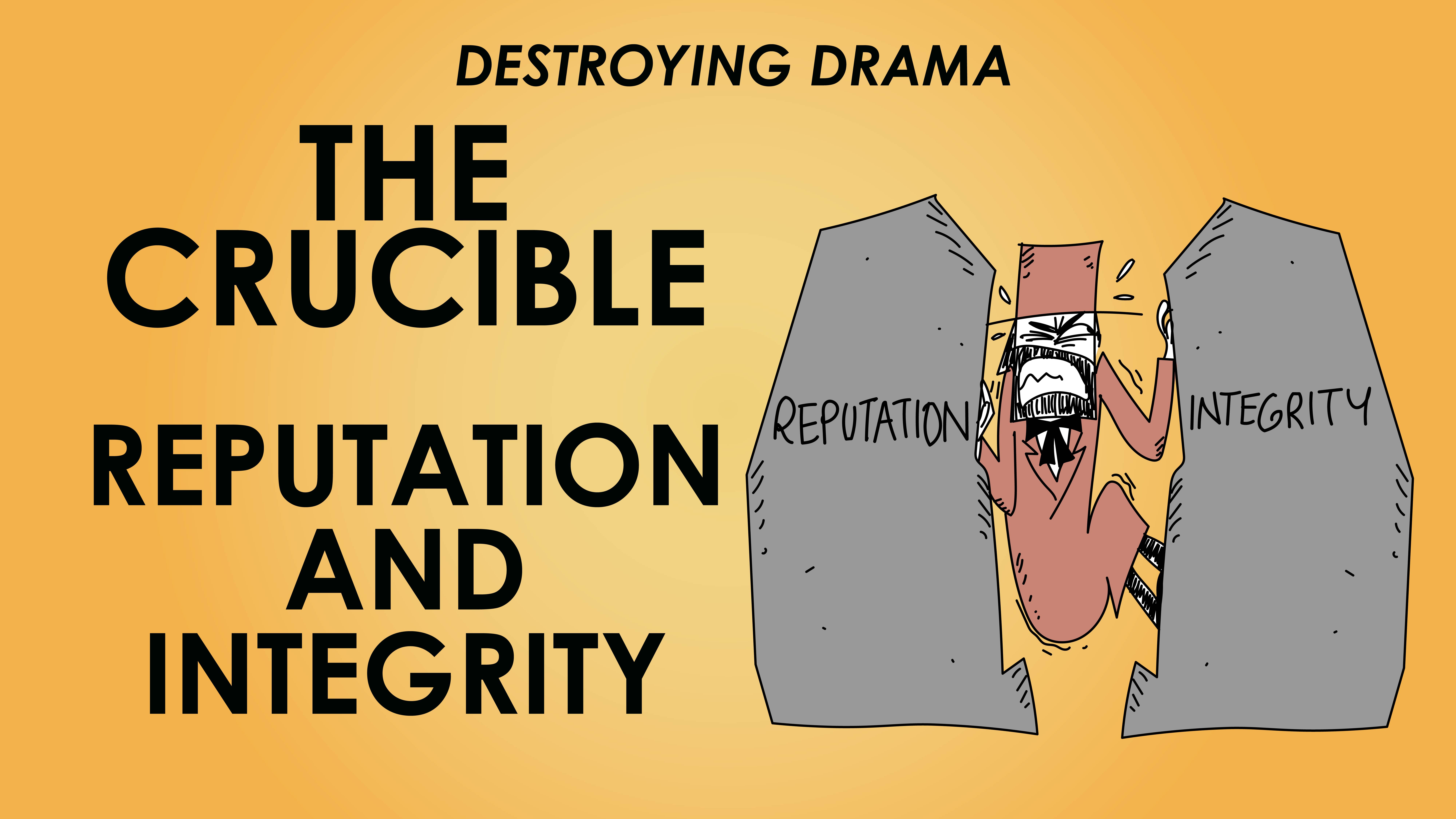
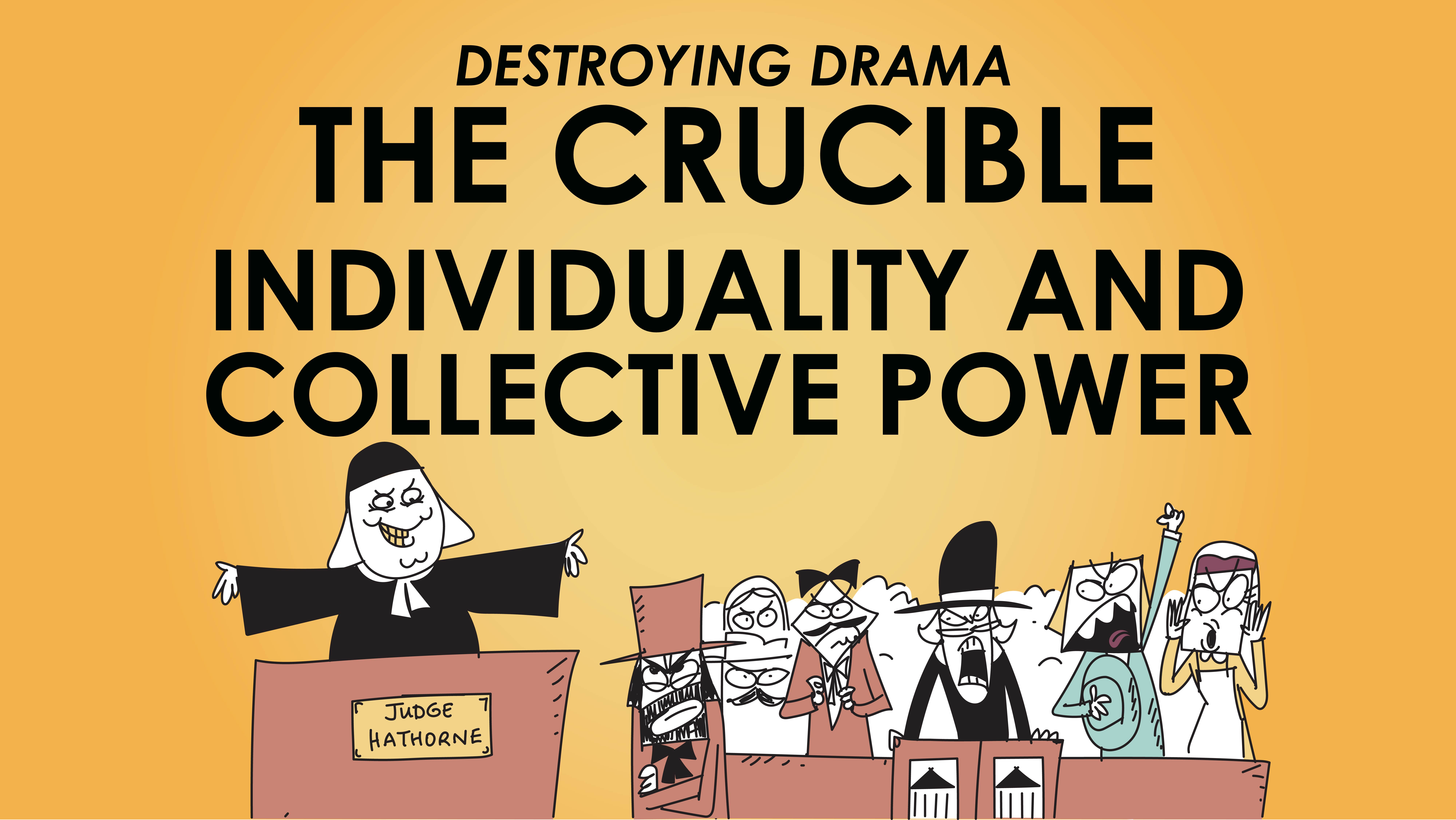
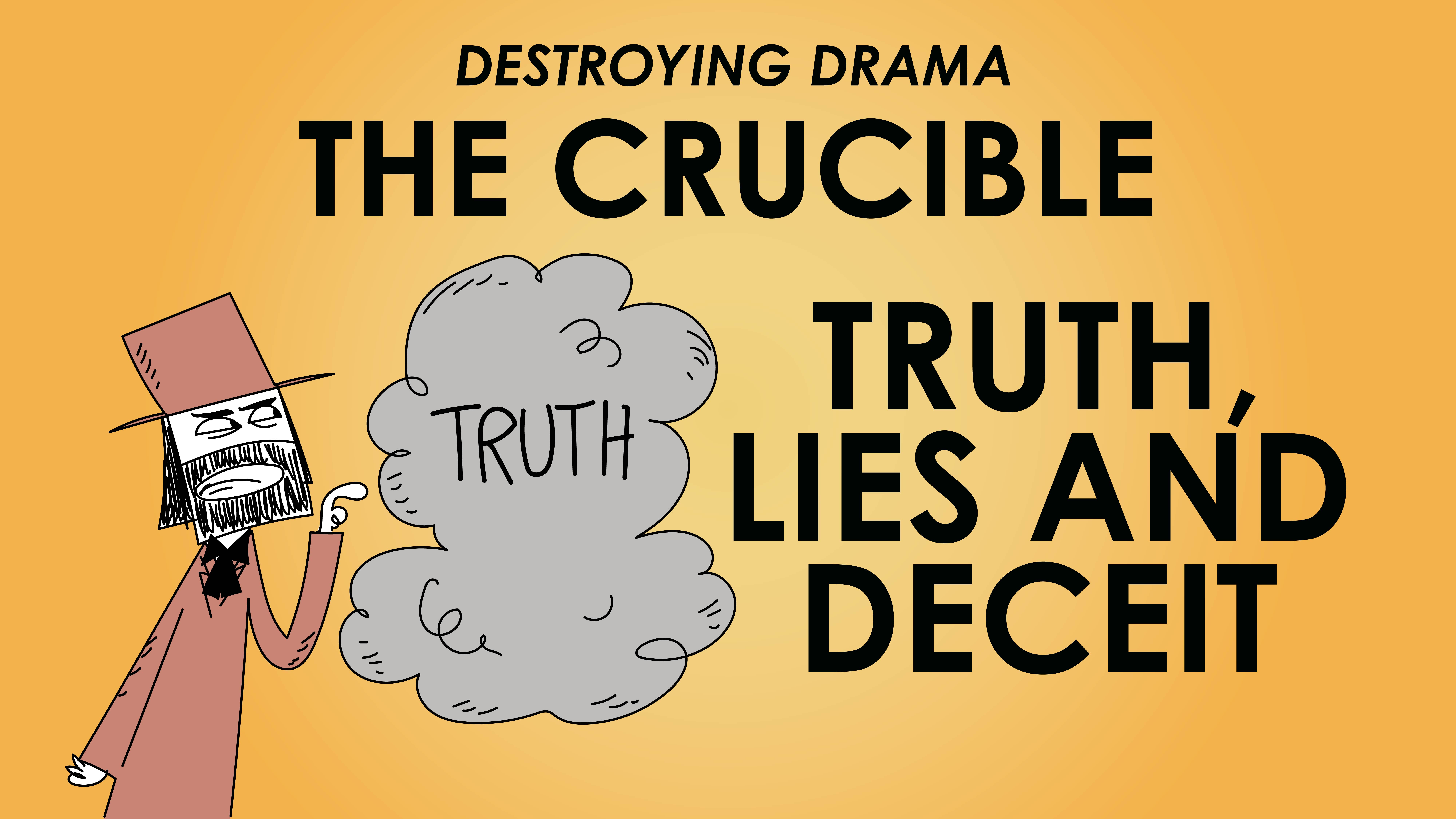
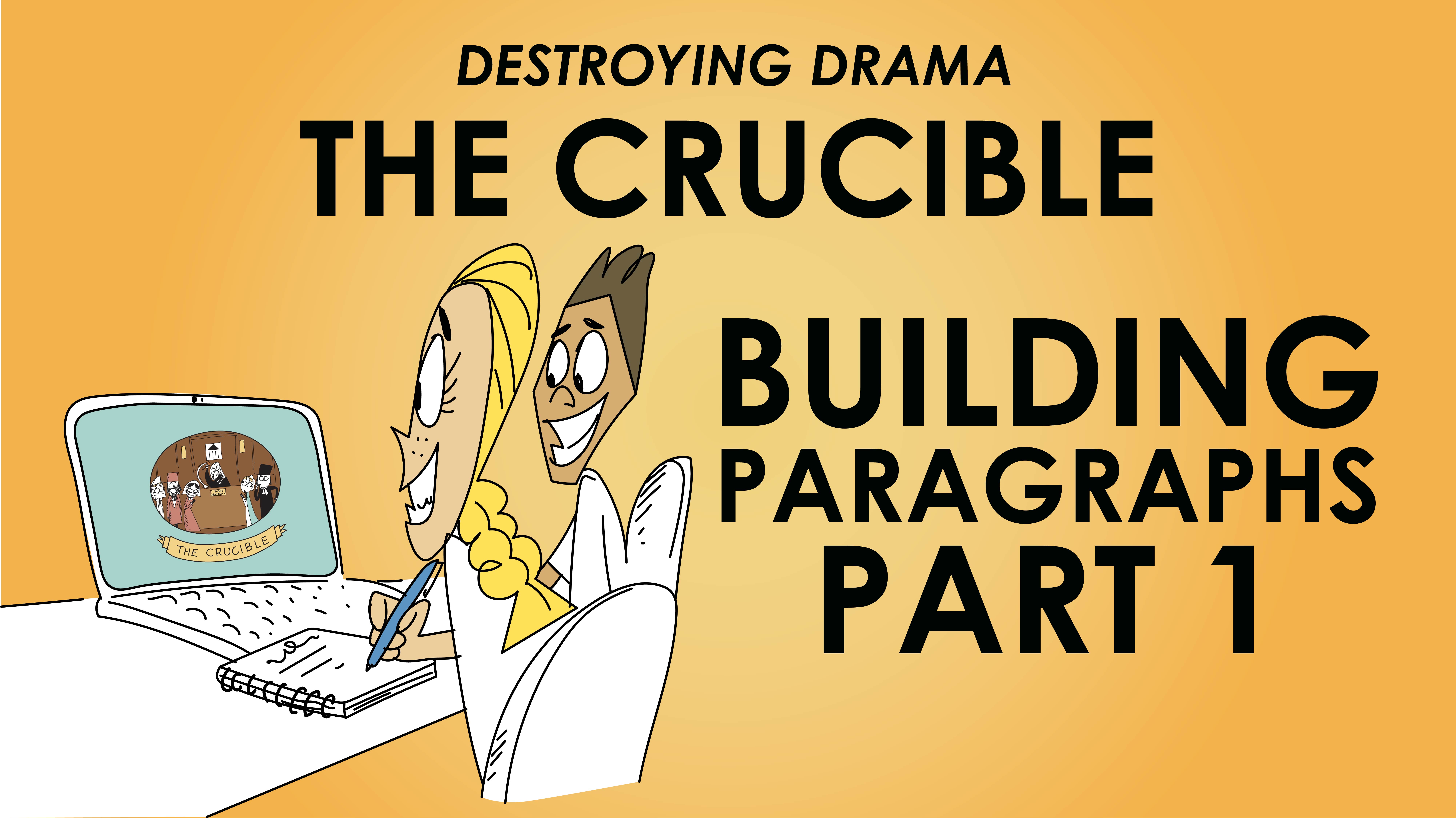
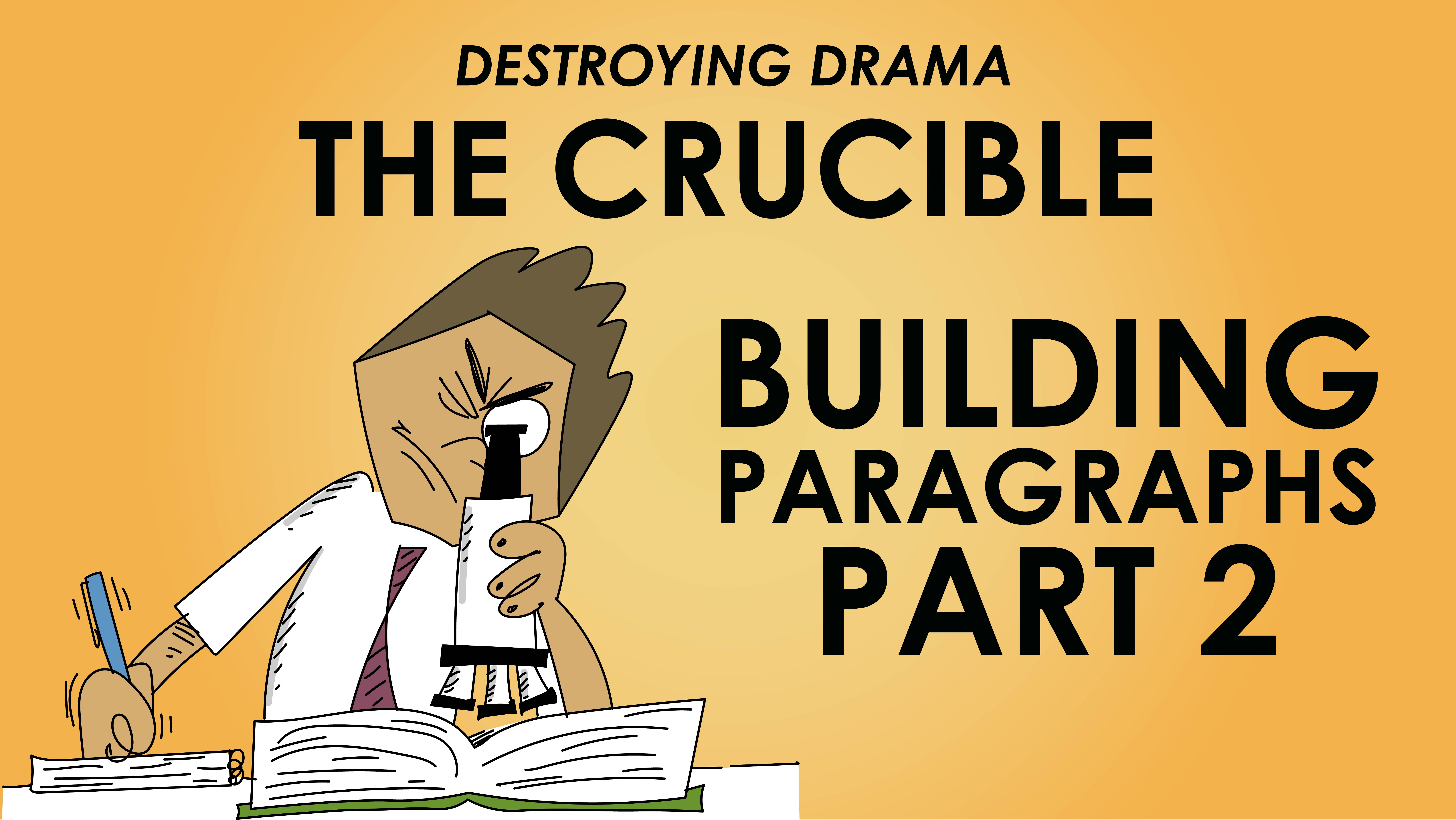
Share